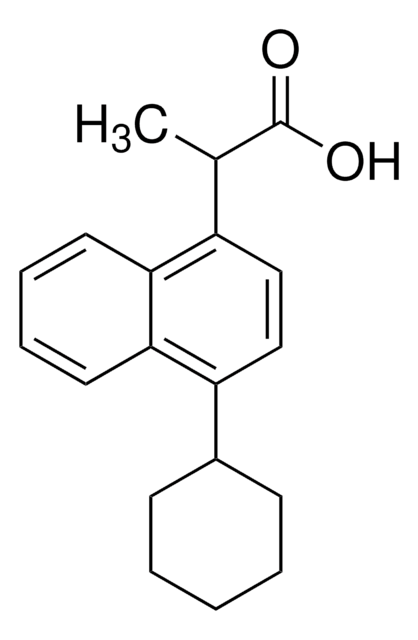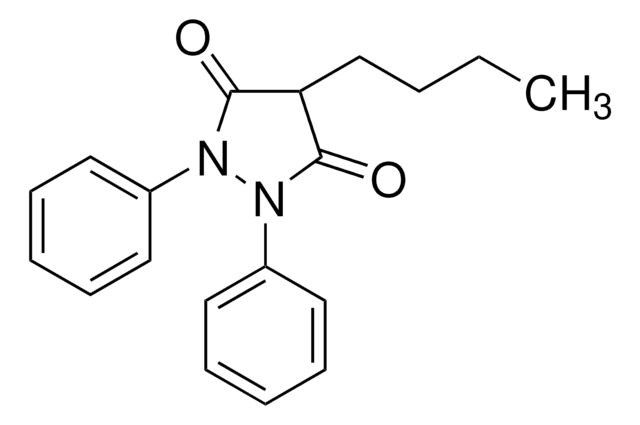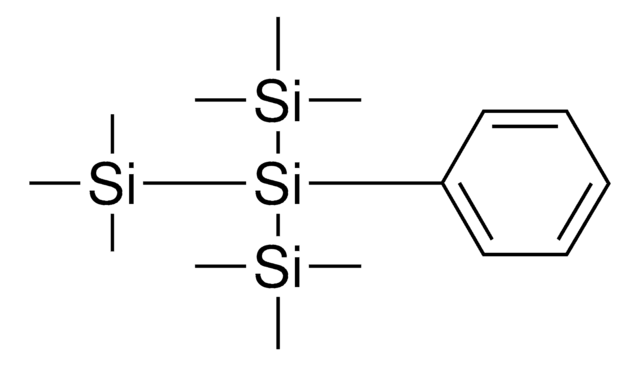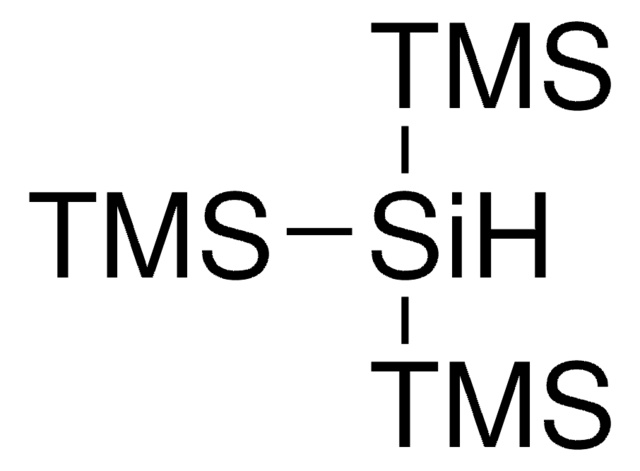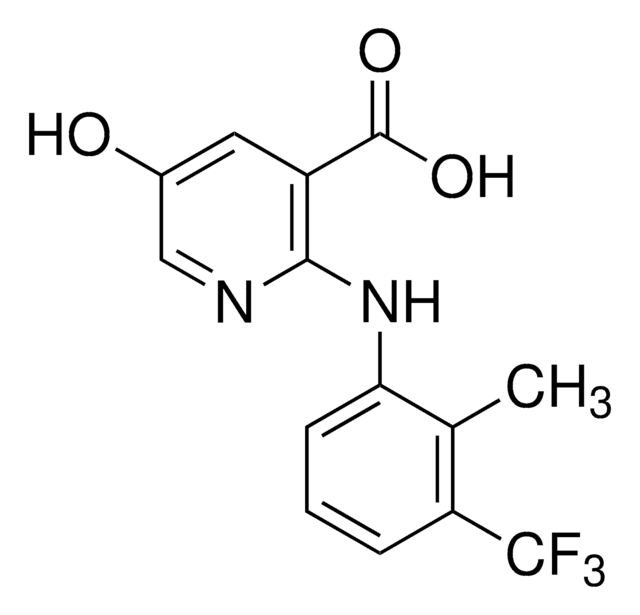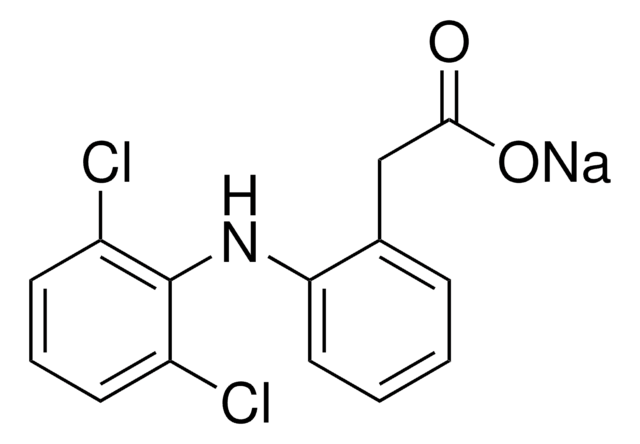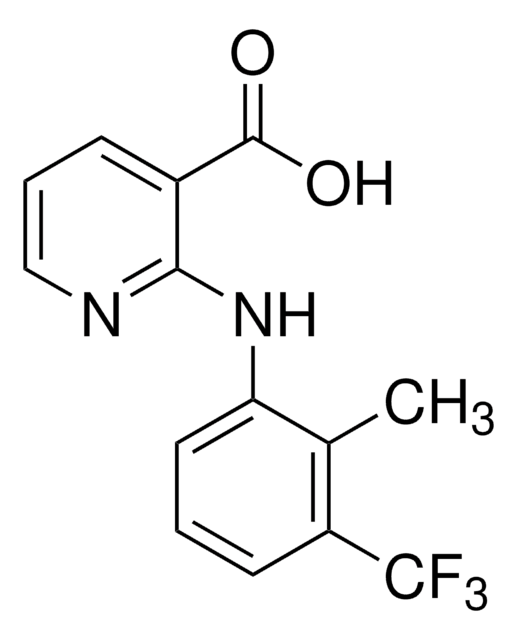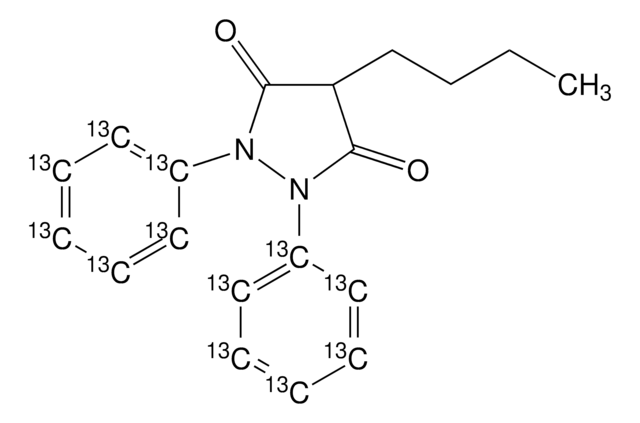SML0540
Oxyphenbutazone
≥98% (HPLC)
Synonyme(s) :
4-Butyl-1-(4-hydroxyphenyl)-2-phenyl-3,5-pyrazolidinedione, G 27202, NSC 526053, Ro 04-4410, p-Hydroxyphenylbutazone, p-Oxyphenylbutazone
About This Item
Produits recommandés
Niveau de qualité
Essai
≥98% (HPLC)
Forme
powder
Conditions de stockage
desiccated
Couleur
white to brown
Solubilité
DMSO: 10 mg/mL, clear
Température de stockage
−20°C
InChI
1S/C19H20N2O3/c1-2-3-9-17-18(23)20(14-7-5-4-6-8-14)21(19(17)24)15-10-12-16(22)13-11-15/h4-8,10-13,17,22H,2-3,9H2,1H3
Clé InChI
HFHZKZSRXITVMK-UHFFFAOYSA-N
Description générale
Actions biochimiques/physiologiques
Autres remarques
Mention d'avertissement
Warning
Mentions de danger
Conseils de prudence
Classification des risques
Acute Tox. 4 Oral - Aquatic Acute 1
Code de la classe de stockage
11 - Combustible Solids
Classe de danger pour l'eau (WGK)
WGK 3
Point d'éclair (°F)
Not applicable
Point d'éclair (°C)
Not applicable
Faites votre choix parmi les versions les plus récentes :
Déjà en possession de ce produit ?
Retrouvez la documentation relative aux produits que vous avez récemment achetés dans la Bibliothèque de documents.
Notre équipe de scientifiques dispose d'une expérience dans tous les secteurs de la recherche, notamment en sciences de la vie, science des matériaux, synthèse chimique, chromatographie, analyse et dans de nombreux autres domaines..
Contacter notre Service technique